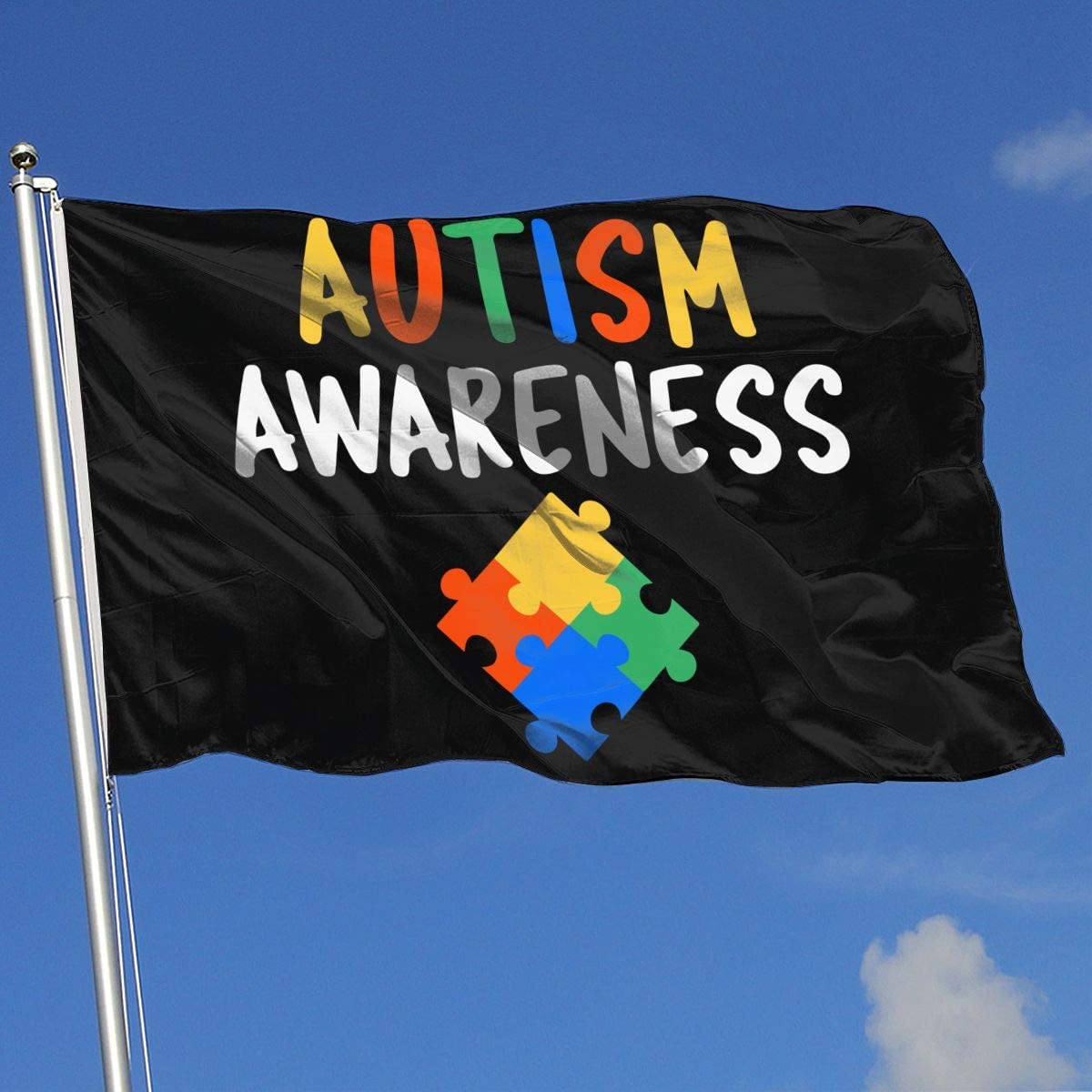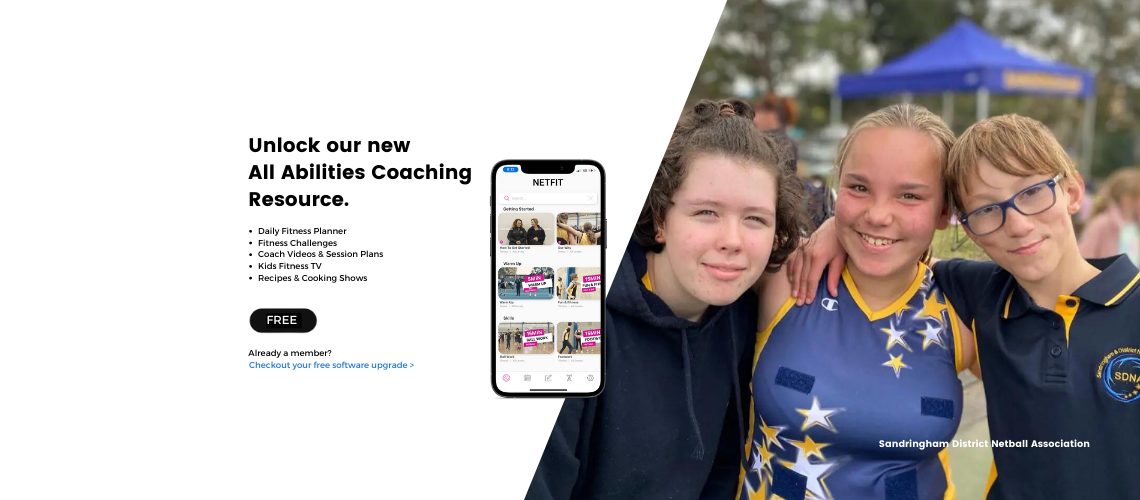Coaching a player with Autism
Autism Spectrum Disorder or ASD is a neurodevelopment difference that affects people of all ages and genders around the globe.

While you may not think this is relevant to you if you’re not the parent of a child on the spectrum, the truth is, you would have already met multiple people in your lifetime that meet the diagnosis for ASD – sometimes without even realising it. To truly become the best teacher, coach, parent, or teammate, you want to make everyone comfortable on the court. This is why it’s essential to take a moment to upskill some background understanding for when you meet your next wonderfully thought-different player.
Coaches play a paramount role to provide the ‘right’ environment for our autistic netballers to enjoy training and develop physical literacies alongside every other player. This can lead to important attitude shifts towards participation in our great game, as for anyone, with confidence in understanding comes your drive for participation. We all know if we join a team “community” and don’t quite fit in, or can’t quite comprehend how to fit in, it will ultimately pull us back from engaging with the group. Having social challenges doesn’t mean someone doesn’t want to be social, it just means there are more barriers to overcome to meet a point of comfort that may come naturally to others.
Through research, it has been discovered that young autistic people are considerably more sedentary than the broad population, especially adolescents. With most physical activity amongst this age group being team-based sports, it’s no wonder our community of autistic teens are more likely to not engage in as much exercise. This is one of the reasons why we need to remove obstacles and build our knowledge to help grow and develop netballers that see the world differently.
It is completely normal for coaches to feel unprepared to work in particular settings. While we can argue that too much specialisation may be detrimental to the quality of netball training – if netball programs are to effectively meet their needs they must develop community involvement, identify appropriate resources, emphasise coach training and provide family support for everyone.
The following provides a brief list of some key preliminary observations from my research from Sport & Development in the Division of Health Sciences at the University of South Australia:
- An open space or outdoor netball courts can help limit distractions and minimise noise that some may find make it difficult to pay attention.
- Working in pairs rather than groups can be important as it provides more one-on-one support from coaches and more interaction with teammates where connections and trust are more likely to form. Everyone takes great importance on being valued, supported and taken interest in, and undivided attention is a great way to make kids feel listened to.
- Sometimes less is more. An organised session set up and maintaining a consistent routine is key to removing any anxiety that can come with changes to expectations. Lots of instructions can often be overwhelming, and it is recommended that we stick to 2 focuses per session to get these set skills formed before moving on.
- Social or intellectual challenges are different from physical functioning. Just because someone may struggle with their speech/academic ability it does not necessarily reflect the level of physicality. Everyone has a different skill set.
- Instructions are best received when related to the benefit of the team – highlighting how to make it simpler/better for a teammate rather than focussing on own learning.
- ‘Ice-breakers’ before activities can help encourage communication and concentration. It can be beneficial for coaches to take the time to chat with their autistic netballers before the session and let them know what’s coming up for the next hour, that way they feel more prepared.
- Positive reinforcement is key for ASD. Autistic individuals may not always show feelings in the way you would expect despite often being emotional individuals. Verbal encouragement is valuable, and if they want to, high fives can be a great way to reinforce a job well done. In time, autistic individuals will probably have their own way of showing how much they appreciate your help and enjoy being a part of the team.
- Coaches must keep in mind that players on the spectrum have different perspectives than what might be socially acceptable to their neurotypical friends. It’s important to allow their non-harmful and non-disruptive behaviours when possible (such as stimming), but also to explain boundaries where they are needed. If the player is happy and responsive to physical contact, it may be a good step to ‘coach’ participants to use high-fives, fist-pumps and handshakes instead of hugs or any contact that may overstep boundaries, which is more suitable for general interactions.
At the end of the day, we all know how much coaches have on their plate. So why should we add another ‘process to their book of coaching roles’, especially as a volunteer coach? Well, my theory is, imagine if you make that one person’s day, or maybe even month a happier place. You don’t need to be an expert on mental health, disability, or neurodevelopment conditions, just knowing enough can support a young person’s growth. In the end, and maybe throughout their life, it will make a huge difference. “Any fool can know. The point is to understand.”― Albert Einstein.
Research reference. Dr Edoardo G.F. Rosso is a Research Fellow: Sport & Development in the Division of Health Sciences at the University of South Australia (Adelaide). This blog post is based on his presentation at the 29th ACHPER International Conference held in Adelaide from April 13-15 2015.
By NETFIT Sarah

